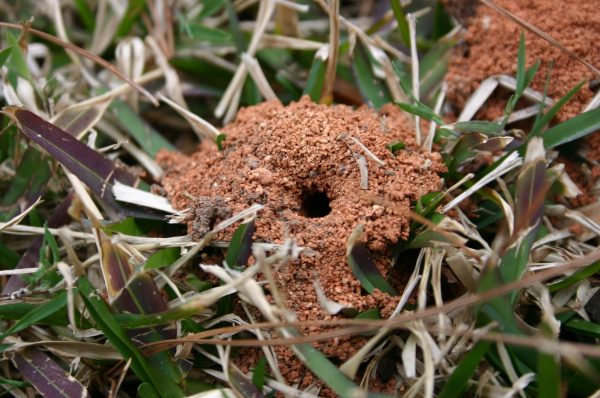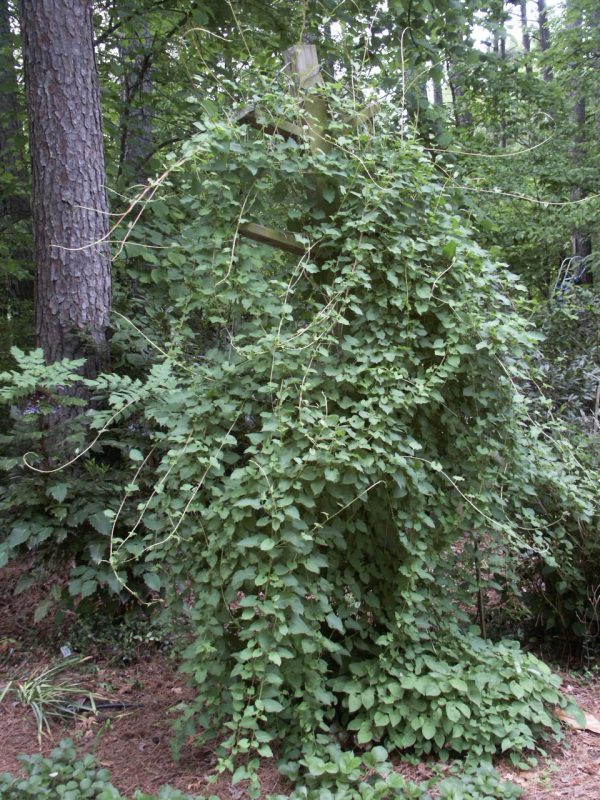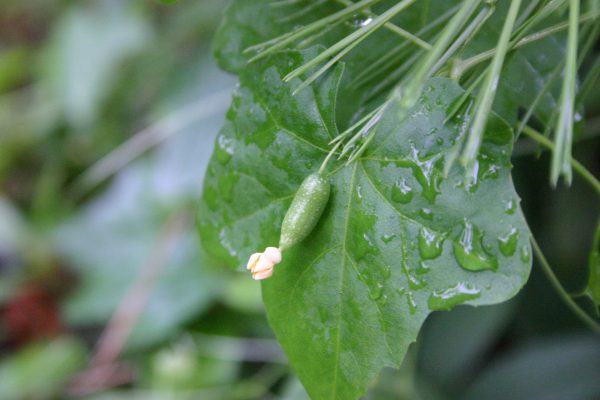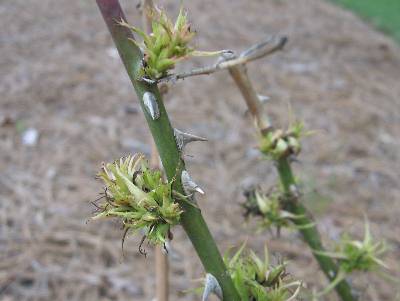Does fusiform rust cause a pine tree to break?

November 6, 2020
After the top half of a huge pine fell onto my neighbor’s house, I did some forensic investigating to see why the trunk broke 30′ from the ground. As my photos below show, the weak spot was below a big fusiform rust canker. Over the years, water had invaded and rot began. The rotten spot was where the break occurred.
But I have several pines with cankers on the trunk on my property. What should I do with them? Do they need to be removed?
I turned to Art Morris, a Board-Certified Master Arborist #SO-2627B and Tree Risk Assessment Qualified expert with New Urban Forestry in Athens.
After examining my photos, this is what he said:
Generally, I don’t consider fusiform rust cankers to be a significant structural defect unless they check at least two of these boxes:
1. The canker is located approximately 1/4 to 1/3 up the trunk of the tree from ground level (this has to do with the lever mechanics of a tree loading and unloading in wind)
2. The canker encompasses more than 1/3 of the trunk circumference.
3. The canker is also associated with brown rot.
Under normal circumstances a pine with occasional rust cankers will be fine, even in a heavy thunderstorm. Fusiform is a very slow moving disease that does not significantly impact either tensile or compressive strength (compared to almost all other decay organisms). Typically the tree has time to produce response growth to help overcome any structural impact of the canker, which is why we often see “layers” of canker and reaction wood growth. If there is obvious response growth that’s a good sign that the tree is “aware” of the disease and is adding strength in the affected area.
There are a few caveats, however:
1. If the canker is located in the bottom 1/4 to 1/3 of the trunk I generally take a bit of a closer look. This area of the trunk on a pine tree is the most stressed part of the tree in wind and a defect in this area can fail more readily than higher up the tree. Additionally, I’d want to check the site to determine whether loads have changed (removal of nearby trees can affect wind-loading of the subject tree).
2. If the canker encompasses more than 1/3 of the trunk circumference, even with nice healthy reaction wood, this could impact the structure of the tree.
3. In some cases the fusiform rust canker is associated with brown rot, a separate and different fungal disease that causes significant damage to the structure of the tree, especially the trunk’s tensile strength. Brown rot can be difficult to identify but I find that it’s most likely present if the tree lacks strong reaction wood growth near the rust canker.
Back to your neighbor’s tree. Keep in mind that this storm was one of the most damaging ones in recent memory with wind speeds in excess of 60 mph. Under these circumstances even perfectly healthy trees can (and did) fail. If I zoom in and look carefully at the photos labeled ‘…on house’ and ‘top’ it appears that there is brown rot beside and below the fusiform rust canker and that it was the portions of the trunk with brown rot that failed, leaving the dense canker wood mostly intact. This would have been difficult to identify prior to the failure.
The bottom line is this. If your pine tree has fusiform rust cankers, the tree should be inspected by a qualified arborist to determine whether there are also other factors affecting it’s structure.
However, the presence of a rust canker in and of itself is not a reason to remove the tree. Pines, even those with cankers, are surprisingly tough trees. In my experience they fail far less frequently than other species (except in ice storms).

on the house

fusiform rust canker

top of remaining tree trunk (after tree company felled it). Brown rot evident.

middle of felled trunk. More rot evident.
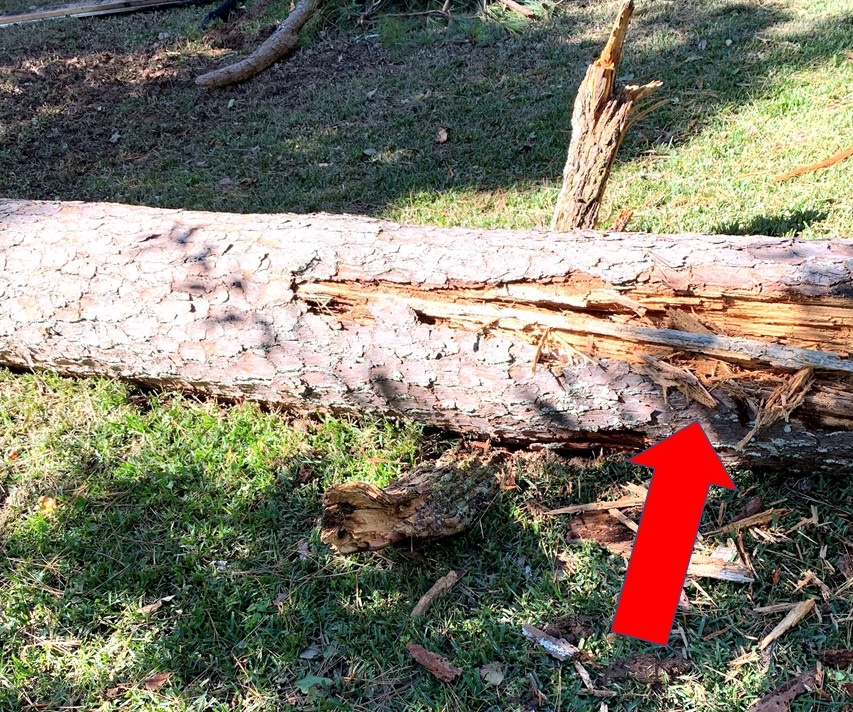
bottom of rotten area of trunk
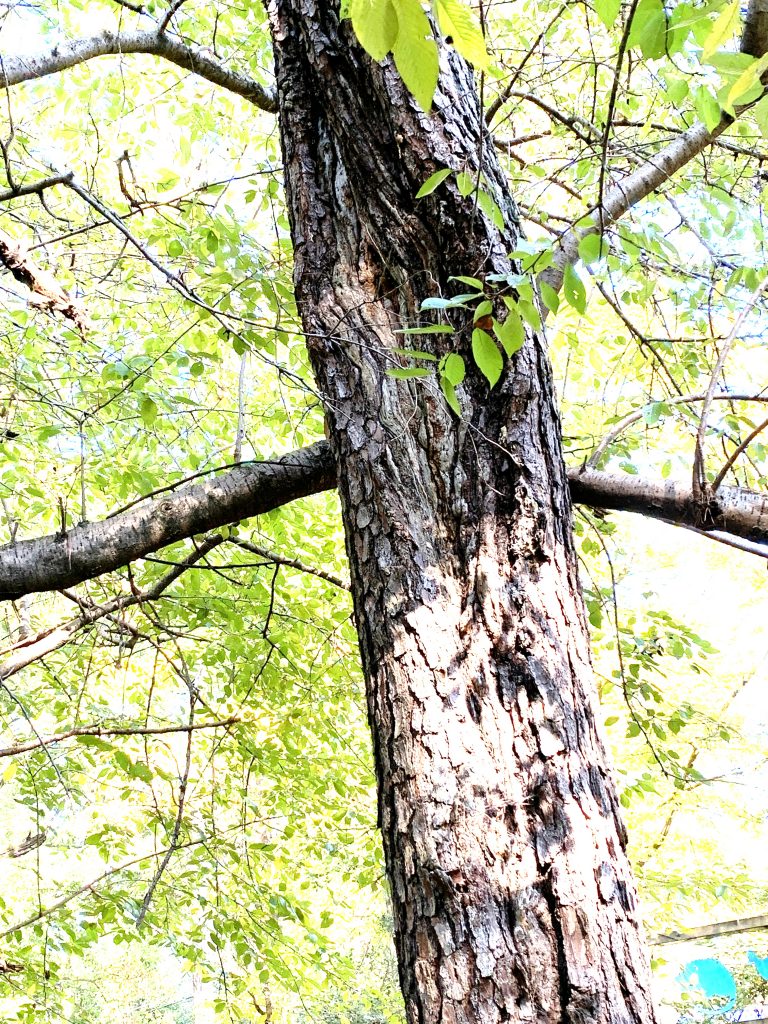
fusiform rust canker high in tree
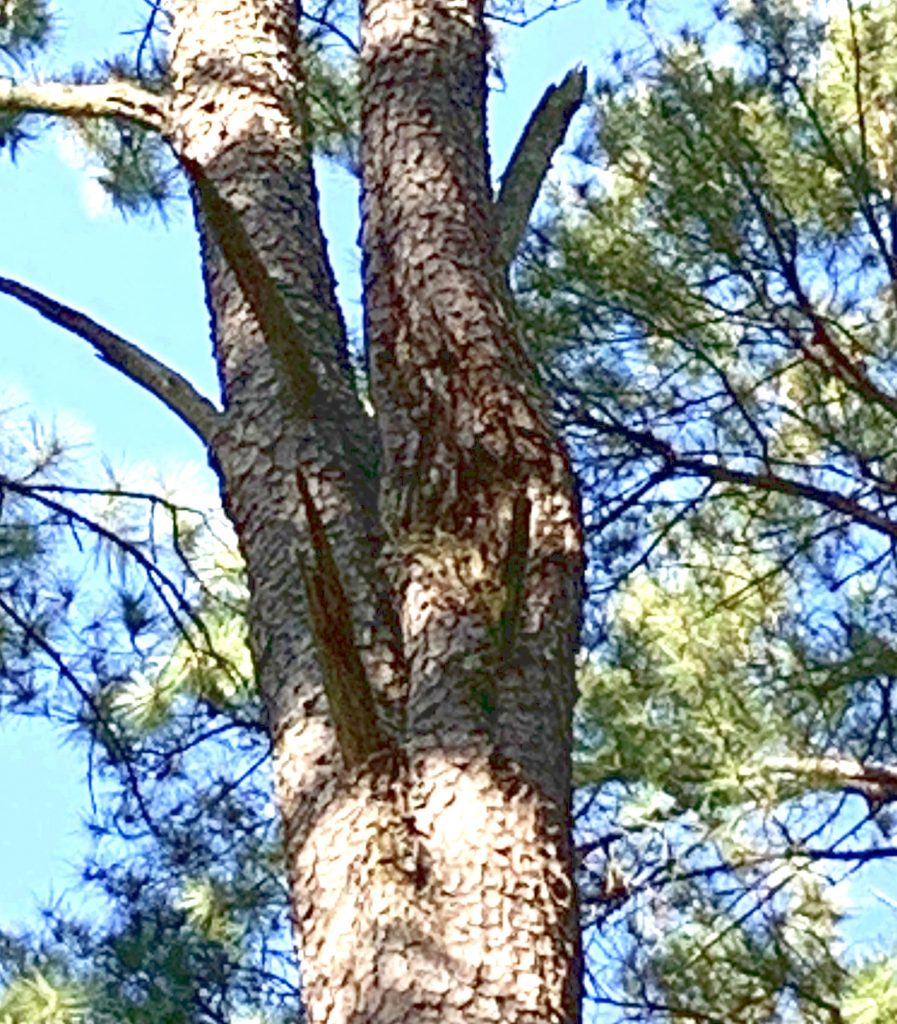
fusiform rust canker high in tree
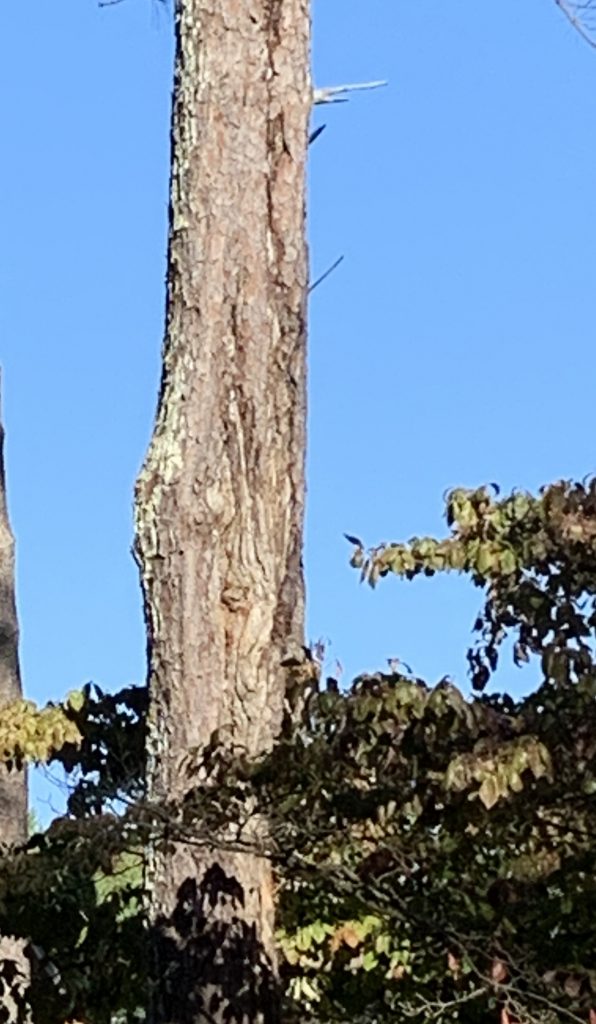
fusiform rust canker high in tree



